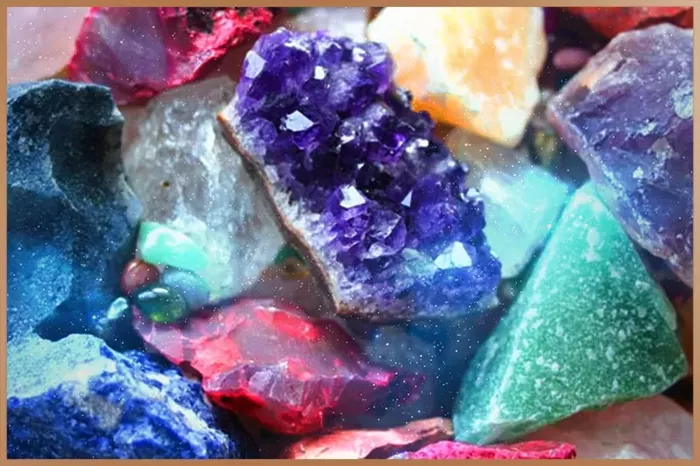In recent years, lab-created gemstones have gained significant attention in the jewelry market. Among these, lab-created white sapphires have emerged as a popular choice for those seeking elegance and brilliance. But do these synthetic stones truly match the sparkle of their natural counterparts? This article delves into the intricate details of lab-created white sapphires, exploring their creation, properties, and performance in comparison to natural sapphires.
Understanding White Sapphire
White sapphires are a variant of the mineral corundum, which also includes rubies and sapphires of other colors. Unlike diamonds, white sapphires do not exhibit the same level of fire and brilliance. However, they are valued for their clarity, hardness, and colorless appearance, which makes them an attractive alternative to diamonds in various types of jewelry.
The Process of Creating Lab-Created White Sapphires
Lab-created white sapphires are made using two primary methods: the flux method and the hydrothermal method. Both techniques simulate the natural conditions under which sapphires form, but they do so in a controlled environment.
Flux Method: In the flux method, a mixture of chemicals is used to create a flux, a substance that facilitates the growth of the sapphire crystals. This mixture is heated to high temperatures, allowing the corundum crystals to form. The process can take several weeks to months, resulting in high-quality sapphires that are nearly identical to natural ones.
Hydrothermal Method: The hydrothermal method mimics the natural conditions found deep within the Earth’s crust. In this process, a mineral-rich solution is heated and pressurized in a special chamber, allowing sapphires to crystallize over time. The resulting gemstones are often of exceptional clarity and can closely resemble natural sapphires in both appearance and composition.
Sparkle and Brilliance of Lab-Created White Sapphires
To understand the sparkle of lab-created white sapphires, it’s essential to delve into their optical properties. Sparkle in gemstones is largely determined by their brilliance, which is the result of light reflection and refraction within the stone.
Cut and Faceting: The cut of a sapphire plays a crucial role in its sparkle. Lab-created white sapphires are often cut to maximize their brilliance, just like natural sapphires. The precision of the cut can greatly affect how well the gemstone reflects light, thus impacting its sparkle.
Clarity and Color: Lab-created sapphires generally exhibit fewer inclusions and impurities compared to their natural counterparts. This higher clarity allows more light to pass through and reflect off the surfaces of the stone, enhancing its overall brilliance. Additionally, since lab-created sapphires are colorless, they lack the hues that might otherwise affect their sparkle.
Refractive Index: The refractive index of a gemstone measures how much light is bent as it enters and exits the stone. Lab-created white sapphires have a similar refractive index to natural sapphires, which contributes to their ability to sparkle. The high refractive index ensures that light is effectively captured and reflected, giving the gemstone its characteristic shine.
See Also: Are Lab-Created White Sapphires Valuable?
Comparing Lab-Created and Natural White Sapphires
When comparing lab-created white sapphires to natural ones, several factors come into play:
Cost: Lab-created white sapphires are typically more affordable than natural sapphires. This cost difference does not usually translate into a difference in sparkle. Both types of sapphires can exhibit comparable brilliance, though the lab-created ones often come at a fraction of the price.
Ethical Considerations: Lab-created gemstones are often seen as more ethical and sustainable choices. They avoid the environmental and ethical issues associated with mining natural sapphires, making them a popular choice for conscientious consumers. The sparkle of lab-created white sapphires is not diminished by their ethical advantages.
Durability: Both lab-created and natural white sapphires are extremely durable, with a hardness of 9 on the Mohs scale. This makes them suitable for everyday wear and ensures that their sparkle remains intact over time.
The Perception of Sparkle
Consumer perceptions of sparkle can be influenced by personal preferences and expectations. While lab-created white sapphires can match the brilliance of natural stones, individual perceptions may vary. Some people may find the sparkle of a natural sapphire more appealing due to its rarity and natural origins, while others may appreciate the high clarity and ethical benefits of lab-created stones.
Conclusion
In conclusion, lab-created white sapphires do indeed sparkle beautifully, often comparable to or even exceeding the brilliance of natural sapphires. The advanced techniques used to create these gemstones ensure they possess similar optical properties, including a high refractive index and excellent clarity. Whether for ethical reasons, cost considerations, or personal preference, lab-created white sapphires offer a compelling alternative to natural gemstones, proving that sparkle can indeed be both stunning and sustainable.

